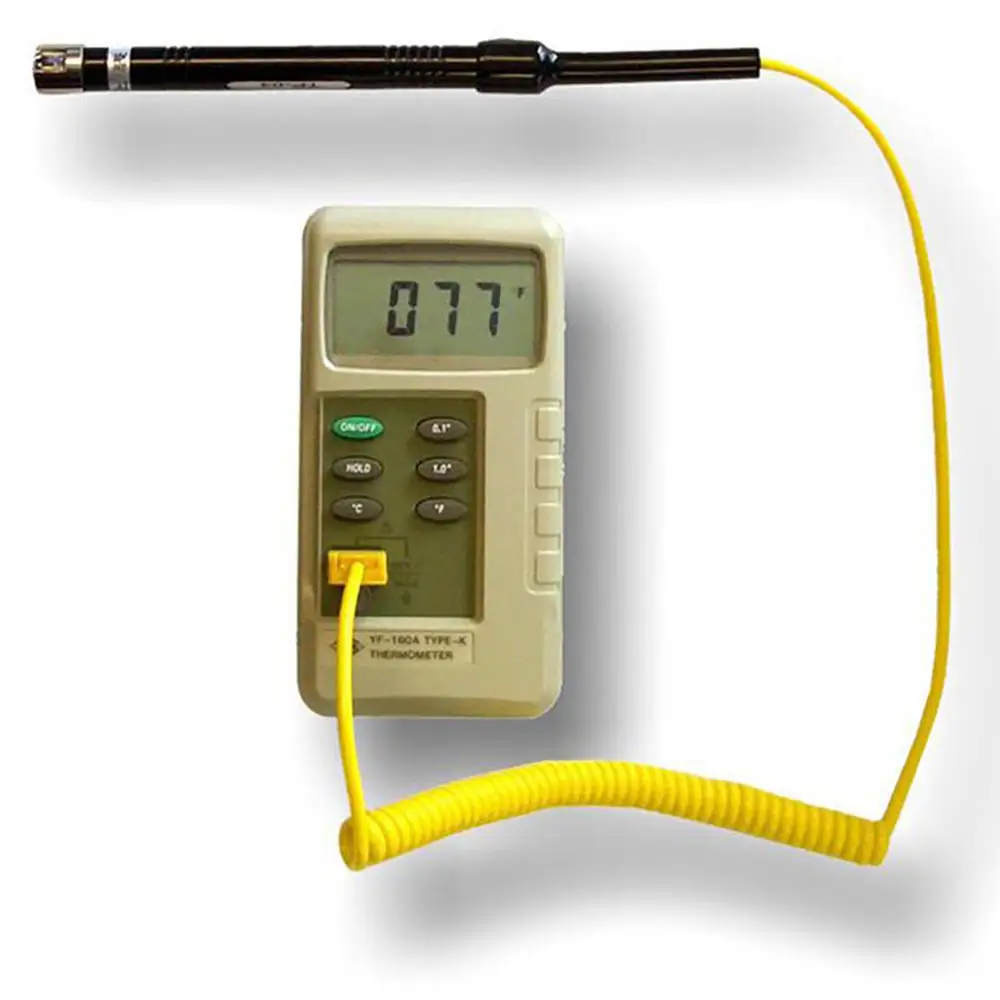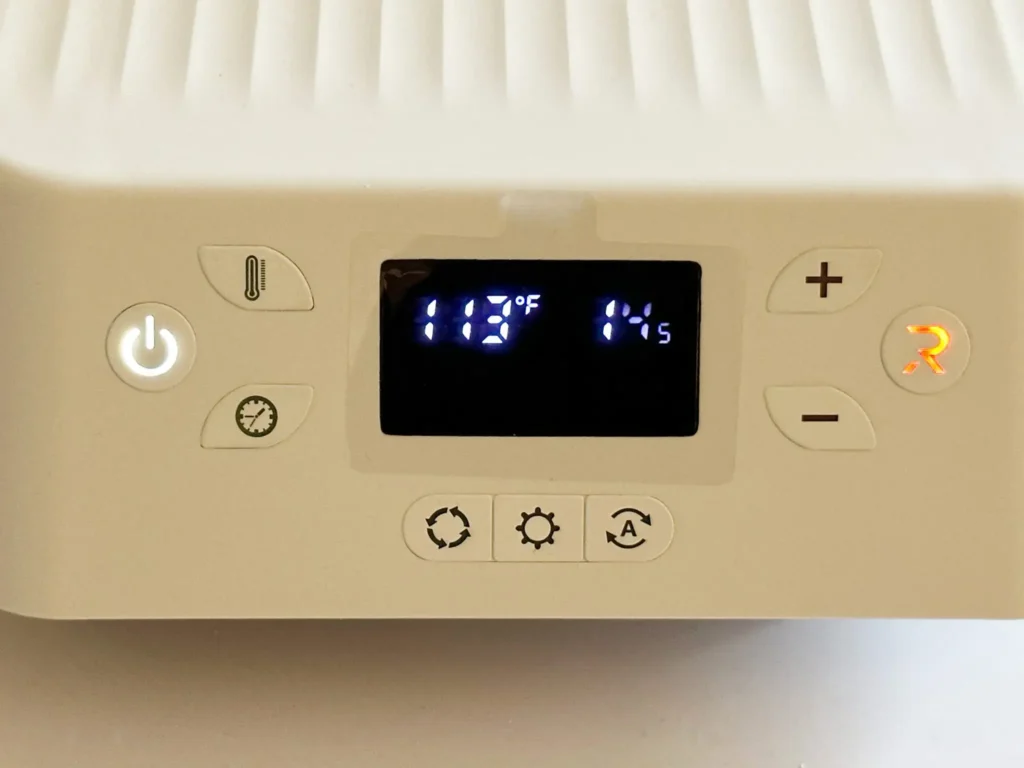When it comes to heat transfers, achieving optimal results requires both skill and attention to detail. However, even experienced individuals can make mistakes that compromise the quality and durability of their heat press projects. In this blog post, we will explore five common heat press mistakes to avoid. By understanding these pitfalls and implementing effective heat transfer troubleshooting techniques, you can elevate your heat press troubleshooting game and achieve outstanding results.
DTF prints are a popular and versatile option for creating high-quality heat transfers. By mastering their application and avoiding common errors, you can achieve stunning results.
One of the most crucial aspects of successful heat transfers is maintaining the correct temperature. Failing to set your heat press machine to the appropriate temperature can lead to incomplete transfers or scorching. It’s essential to understand that different materials and transfer mediums require specific temperature settings.
To ensure accurate temperature control, invest in a reliable heat press machine with precise temperature monitoring. Regularly calibrate your machine to guarantee consistent and accurate temperature readings. Additionally, conduct temperature tests on scrap materials before proceeding with important projects to ensure optimal results.
When selecting the temperature, consider the characteristics of the substrate and the transfer medium being used. Some materials are more heat-sensitive than others, requiring lower temperatures to avoid damage or discoloration. Consult the manufacturer’s guidelines and experiment with different temperature settings to find the optimal range for your specific heat transfer needs.

A Pyrometer is used to measure the actual temperature of a heat press machine.
Applying the right amount of pressure is crucial for achieving a proper bond between the transfer medium and the substrate. Insufficient pressure can result in uneven transfers or incomplete adhesion, leading to peeling or flaking over time. Conversely, excessive pressure can cause distortion or damage to delicate fabrics, which can cause heat transfer mistakes.
To ensure proper pressure application, carefully adjust the pressure settings on your heat press machine. Refer to the manufacturer’s guidelines for recommended pressure ranges for different materials. It’s also beneficial to perform tests on scrap materials to find the optimal pressure setting before proceeding with important projects.
Consider the thickness and density of the substrate when determining the pressure required. Thicker materials may require higher pressure settings, while thinner and more delicate fabrics may require lower pressure to prevent damage. Achieving the right balance between pressure and material thickness is essential for successful heat transfers.

Swing-a-way style heat press machines are good for many thick substrates.
Time plays a vital role in heat press transfers and heat press troubleshooting. Incorrect timing can lead to under- or over-pressing, affecting the longevity and quality of your designs. The duration of the heat application should be precise to ensure proper adhesion and vibrant transfers.
When setting the time for your heat press, consider the material type, thickness, and transfer medium being used. Refer to the manufacturer’s recommendations for time settings, but also perform tests on sample materials to verify the accuracy.
It’s important to note that different materials may require different time settings. For example, heat transfer vinyl may require a shorter pressing time compared to sublimation transfers. Taking the time to understand the specific requirements of each material will help you avoid common timing mistakes and achieve optimal results.
Regularly evaluate and fine-tune your timing settings based on the feedback you receive from test transfers and completed projects. Keep a record of successful time settings for future reference, ensuring consistency in your heat press work.

Digital Time & Temperature adjustment on a heat press machine
Preparation is key to successful heat transfers. Failing to pre-treat the substrate adequately can lead to adhesion issues and premature peeling. Proper pre-treatment ensures a clean surface and creates a suitable environment for the transfer medium to bond effectively.
Begin by cleaning the substrate thoroughly before applying any heat transfer. Remove any dust, dirt, or residue that may interfere with the adhesion process. Use a lint roller or a clean cloth to wipe the surface and ensure it is free from any particles.
In addition to cleaning, certain substrates may require pre-treatment solutions or adhesion-promoting agents. These treatments enhance the bonding capability of the transfer medium and ensure a long-lasting result. Follow the manufacturer’s instructions and apply the pre-treatment solution evenly across the substrate. Allow sufficient time for it to dry before proceeding with the heat transfer process.
For fabrics, heat transfer primers can be used to enhance the adhesion between the transfer medium and the fabric fibers. Apply the primer to the fabric and let it dry completely before placing the transfer.
By incorporating proper pre-treatment techniques into your heat press workflow, you’ll create a favorable surface for successful transfers. This step significantly reduces the chances of peeling, lifting, or premature wear of the design.

Be sure your garment is free of lint or threads before you press!
Not all transfer mediums are compatible with every substrate. Understanding the compatibility between different materials is crucial to avoid heat transfer mistakes. Using the wrong transfer medium for a particular material can result in color bleeding, adhesion failure, or damage to the substrate.
Take the time to research and familiarize yourself with the compatibility chart provided by the manufacturer of the transfer medium. This chart outlines which materials work best with the specific transfer type. It’s essential to consider factors such as fabric composition, surface texture, and heat sensitivity.
For example, heat transfer vinyl works well on cotton and polyester fabrics but may not adhere properly to nylon or spandex. Sublimation transfers, on the other hand, are ideal for polyester or polymer-coated surfaces. By understanding these compatibility guidelines, you can select the appropriate transfer medium for each project, ensuring optimal results.
In case you encounter an unfamiliar material, conduct a small test on a scrap piece before proceeding with the final project. This test will help you evaluate the compatibility and feasibility of the transfer, allowing you to make adjustments if needed.
By expanding your knowledge of material compatibility, you’ll be able to offer a wider range of heat transfer services and confidently tackle various projects without the fear of costly mistakes or unsatisfactory results.

Example of Ultra Ink™ Full Color Heat Transfer
It is time to answer the most frequently asked questions.
Yes, you can heat press on polyester. When doing so, it’s crucial to use the correct temperature and pressure settings to avoid damaging the fabric. Typically, polyester requires a lower temperature setting than cotton.
It can be difficult to fix a sublimation mistake, yet it is possible to re-press the shirt with a new sublimation design. Another solution is to bleach the mistake area. However, it will not completely remove it.
Common reasons for the heat press not heating up include:
Yes, you can heat-press vinyl on polyester. Appropriate pressure and temperature settings must be applied to ensure the transfer is successful and long-lasting.
If you have made a mistake while heat transferring vinyl, make sure to reheat it to be able to peel it off (use a weeding tool or tweezers). Afterward, use vinyl to remove the HTV and reapply the correct design.
To fix sublimation mistakes on a shirt, you can try to re-press a new design. If the first strategy mentioned is not an option, then you can use bleach to lighten the area.
To fix HTV mistakes, reheat the HTV to peel it off. You can use tweezers to peel off the design, as with vinyl mistakes. Make sure not to rush to avoid damaging the fabric. You can also use a remover solution to dissolve the adhesive and remove the HTV. You can re-press the correct design when the wrong or faulty design is removed.
Avoiding common heat press mistakes is crucial for achieving professional-quality heat transfers. By paying attention to temperature control, pressure application, timing, pre-treatment, and material compatibility, you can elevate your heat press game and minimize troubleshooting efforts. Remember to always consult the manufacturer’s guidelines, perform regular maintenance on your heat press machine, and practice on sample pieces before working on important projects. With these tips in mind, you’ll be well on your way to creating stunning and durable heat press designs.
VIDEO TUTORIAL
VIDEO TUTORIAL
VIDEO TUTORIAL
VIDEO TUTORIAL
VIDEO TUTORIAL